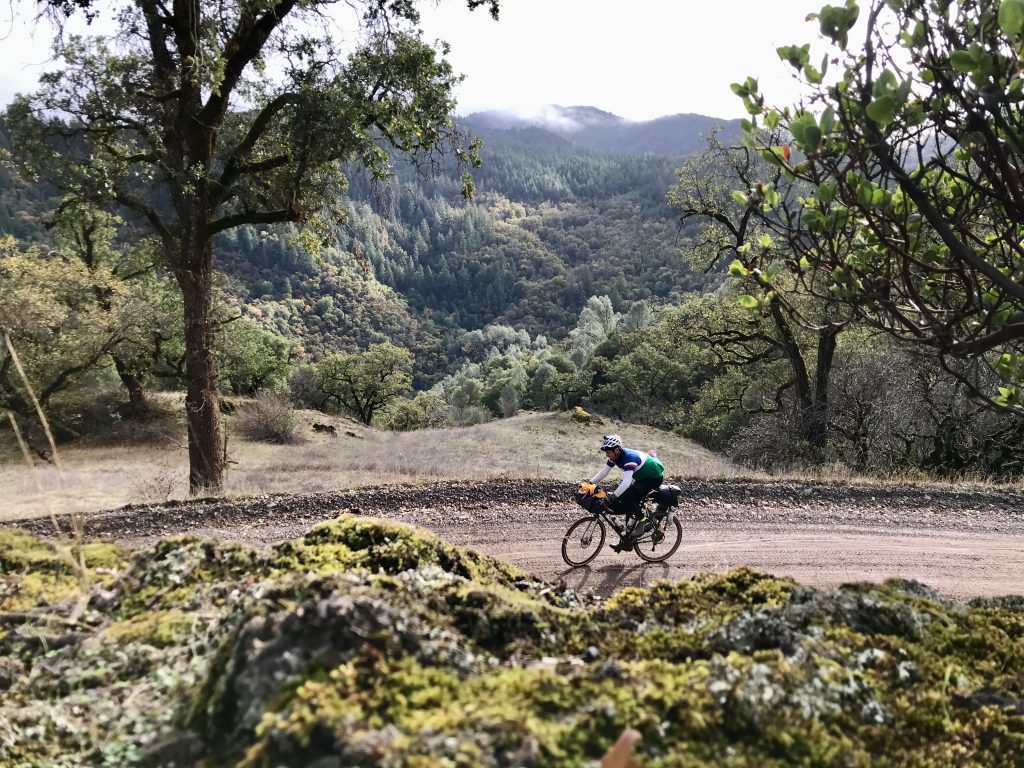Epic cycling adventures connect you with nature
Cycling adventures don’t have to be “epic.” Often the best rides are defined by simple encounters with nature. Local artist and cyclist Nicholas Haig-Arack (@nicholasmha) captures the essence of why we ride in his text accompanying the “Human Mushroom Bottle” from SimWorks.
We’re sharing the text below, but be sure to check out his artwork on Instagram and visit SimWorks if you’re interested in learning more about their attempts to support craftspeople and artisans by curating small batches of the goods, parts and gear that fit the unique needs of countercultural, anti-mass production cyclists. Here’s Haig-Arack’s eloquent dispatch capturing “why we ride”:
Sometimes you feel like you’re an alien on your home planet. But you’re not separate from nature; you’re made of all the same stuff as every other creature here on Mother Earth. Underneath this layer of technology, you’re still an earthling!
Most technology is designed to protect humans from the discomfort of life on earth. A bicycle is unique because it facilitates conscious engagement with the environment. Riding your bike can make you feel a profound sense of connection to the natural world – have you ever felt kinship with a skittering jackrabbit on the trail or a swooping red-tailed hawk in the sky as you both glided gracefully through the air?
A bicycle is unique because it facilitates conscious engagement with the environment.
You exist at the margin of technology and the great messy chaos of biology. Even now, reading the words on this screen, you are a beautiful and wild component of this marvelous ecosystem. You have more in common with a mushroom than with a microchip. Someday you’ll be compost and the flowers and fungi will grow from your decomposing form. But for now, you’re alive on this magical planet. Take three deep breaths, drink some water, and go ride your bike.

Are bikes getting in the way of cycling adventures?
What we find so beautiful about Haig-Arack’s philosophy of the bike is that it is not a romanticization of cycling adventures nor is it an anti-technology perspective. It’s a thoughtful account of how a particular technology, the bicycle, “facilitates conscious engagement with the environment.”
As bicycles become more and more like computers–whether through electronic shifting and bluetooth and ANT+ sensors or the wiring, batteries and GPS devices that network them all–will our attention be drawn more to the onboard screens and the data they provide than to the “skittering jackrabbit on the trail or a swooping red-tailed hawk in the sky”?
If the technology on our bikes distracts us from the joy of the ride, should we all be riding fixed gear bamboo bikes instead? Absolutely not. Take, for instance, the other extreme: e-bikes. They carry a disproportionate amount of the distracting computerized technology that seems to be overtaking bikes, but they are also a type of bike that gets people into nature who otherwise would not pedal there under their own power.
So there we are again, “at the margin of technology and the great messy chaos of biology.” The key is “conscious engagement” and it is possible regardless of what type of bike you’re riding. Before the ride, we can choose routes (or no route at all) that aim for moments of conscious engagement rather than Strava segments.
Strava has its time and place on rides, but as we described in Does Strava Local Legends Take the Joy Out of Cycling? we ought to be cautious about gamifying our rides to the point where we lose the joy of the ride entirely. On-the-ride practices, like we wrote about in The Logic of Laying Down Mid-Ride, can force us out of the KOM and local legend games to pause long enough to re-engage consciously with our surroundings.
There’s a useful bit of advice at the conclusion of Haig-Arack’s mini-missive that might just ensure the bicycle continues to provide conscious engagement with the environment. The advice? Breathe. Wherever our bikes take us, connecting with our own breathing–and by extension our own biologicalness–connects us to our bodies and to every other air-breathing creature, not to mention the photosynthesizers that create the oxygen for us.
Any rides that remind us of these connections are cycling adventures defined not by epic distances or efforts but by an epic journey of remembrance of our humble place in this world.
